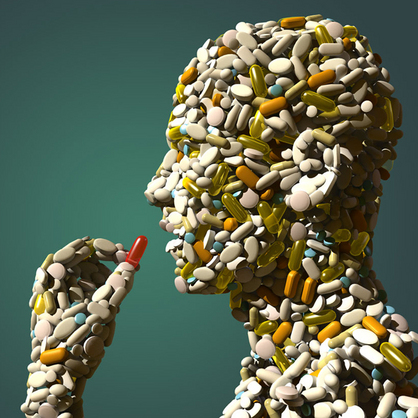
As clinicians we are always challenged to ‘primum non nocere’ – first of all do no harm. Unfortunately, this is not so easy – as those who have died as a results of iatrogenesis know only too well.
Ray Moynihan has been at the forefront of ‘critical self-reflection’ in our professions and he was in good form in a recent BMJ book review. The bood is called Over-Diagnosed: Making People Sick in Pursuit of Health and its by Gilbert Welch, Lisa Schwartz, and Steve Woloshin. In his review — Moynihan highlights the importance of differentiating between risk factors and disease. The authors agree that characterizing risk factors as disease contributes to:
- An expansive number of people classed as patients because they are at risk of future illness
- Unnecessary ‘preventive’ surgeries and costly screenings
- The widespread promotion of unnecessary drugs for high blood pressure, high blood sugar concentrations, and low bone mineral density
In response to the central arguments in Over-Diagnosed, I don’t want to sound like a broken record, but clinicians should consider that part of getting clearer medical information to individuals, is sharing information about the benefits of exercise prescription for illness prevention. Physiotherapy is less at fault than physicians’ curricula but where is the exercise prescription training? How can you expect doctors to promote exercise when they were exposed to half a day of relevant teaching in 4-6 years of medical school. Not good given that physical inactivity is the world’s biggest public health problem (Blair, 2008 BJSM). Professor Erica Frank has interesting papers showing that medical students become LESS HEALTHY during training and that they are LESS LIKELY to prescribe exercise at the end of a medical course than at the start. Imagine if engineers got 4 years of training to build bridges that are more likely to collapse! Accreditation organizations – this is a wake up call. Deans of Medicine – be very ashamed if you are ignoring exercise medicine in your watch – it’s the most powerful single therapy. 
Need convincing, see:
-the cover of the March BJSM,
-the editorial from Sweden, and the;
–podcast with Mei-Lis Hellenius and Carl Johann Sundberg.